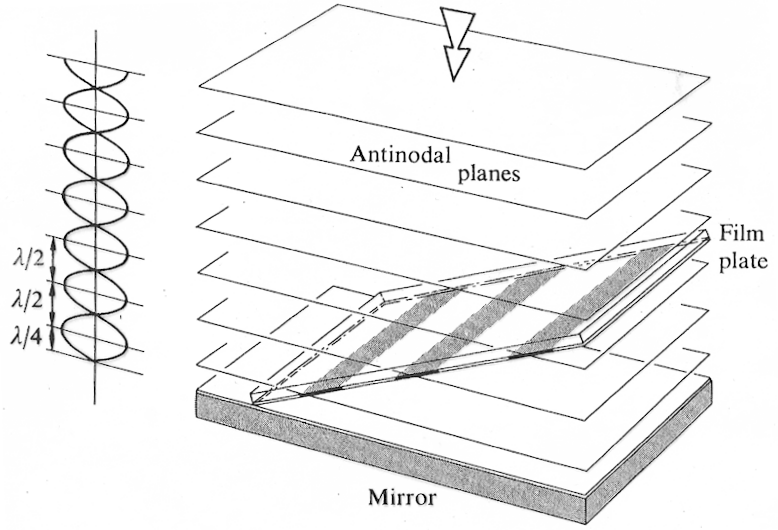
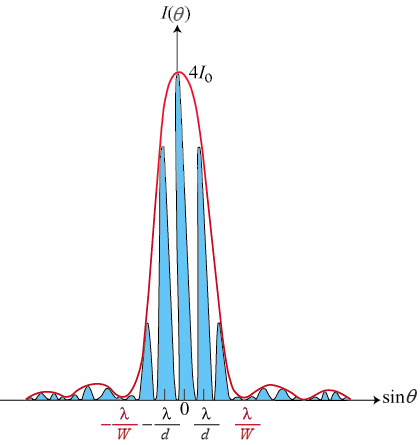

Two slit interference pattern, slits of width b separated by
distance a and illuminated by wavelength λ. What you see
is the Young's interference pattern modulated by the
single-slit diffraction pattern.


- interactive applet
- demos
- formula Example #1
Example #2
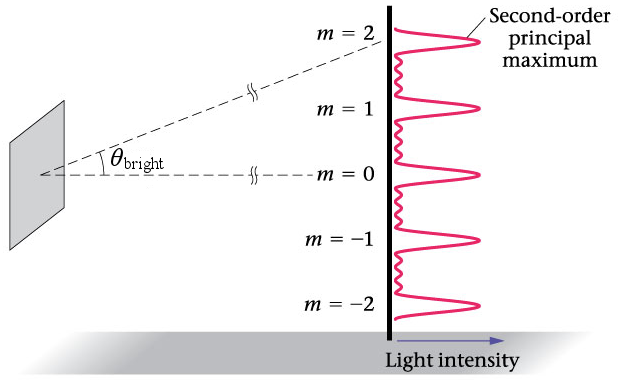
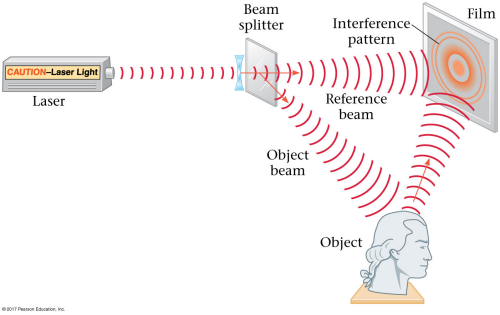

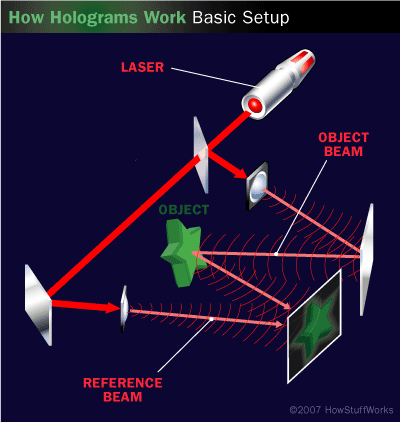
- Video demonstration
Example #3
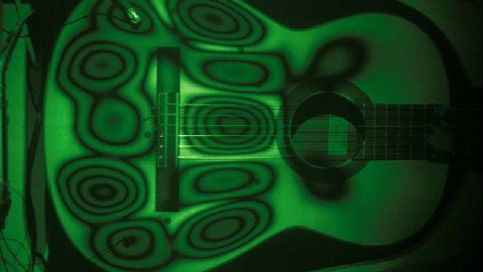
Try these additional examples
Example #5
Example #6
That's it! That's the last of the topics we'll learn this semester.
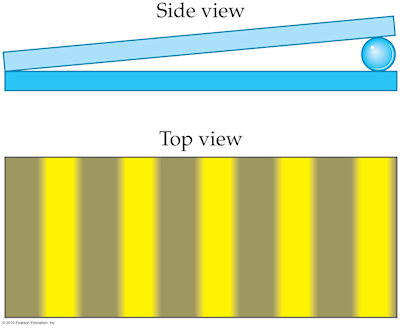 A. 23.4 nm
A. 23.4 nm